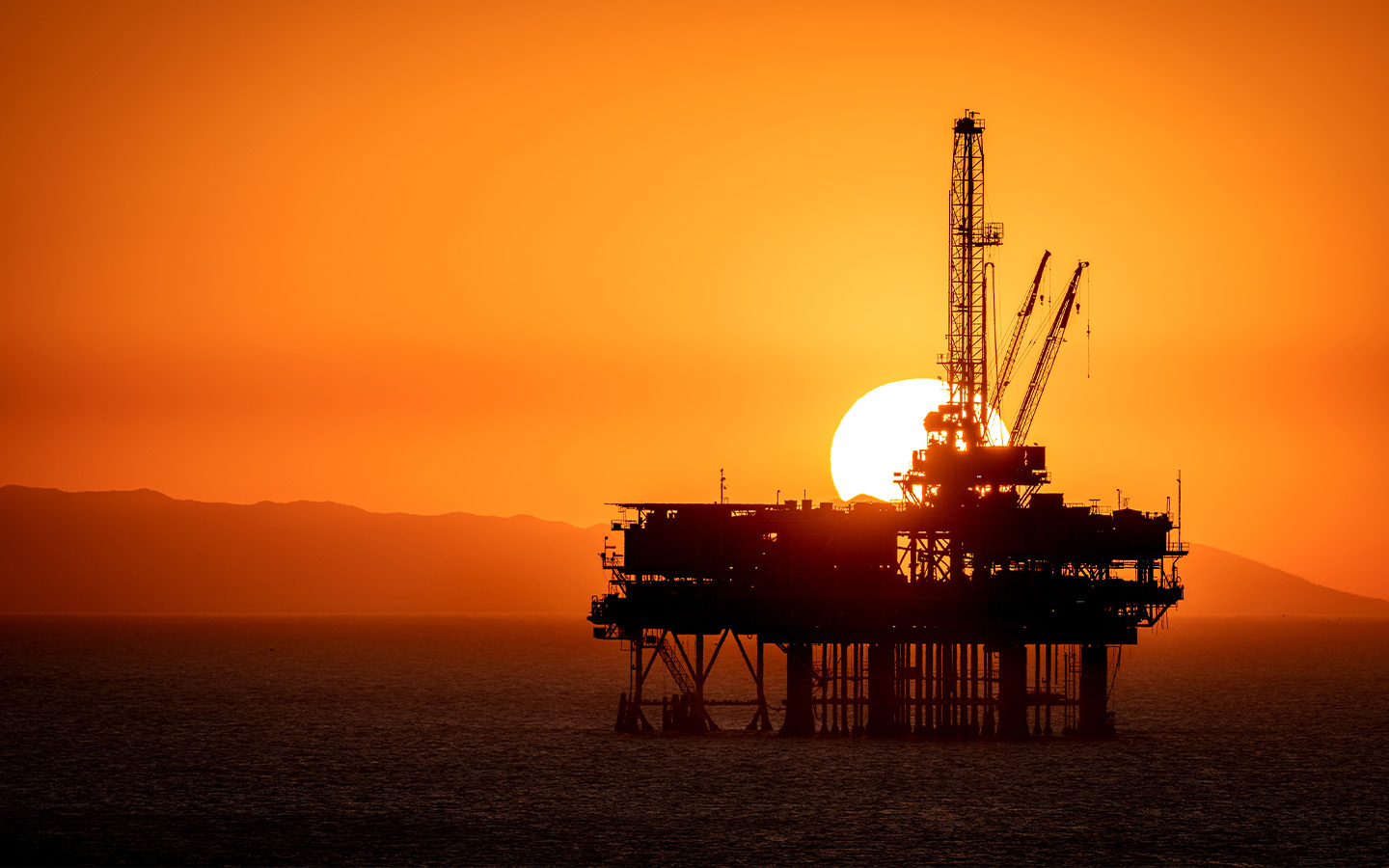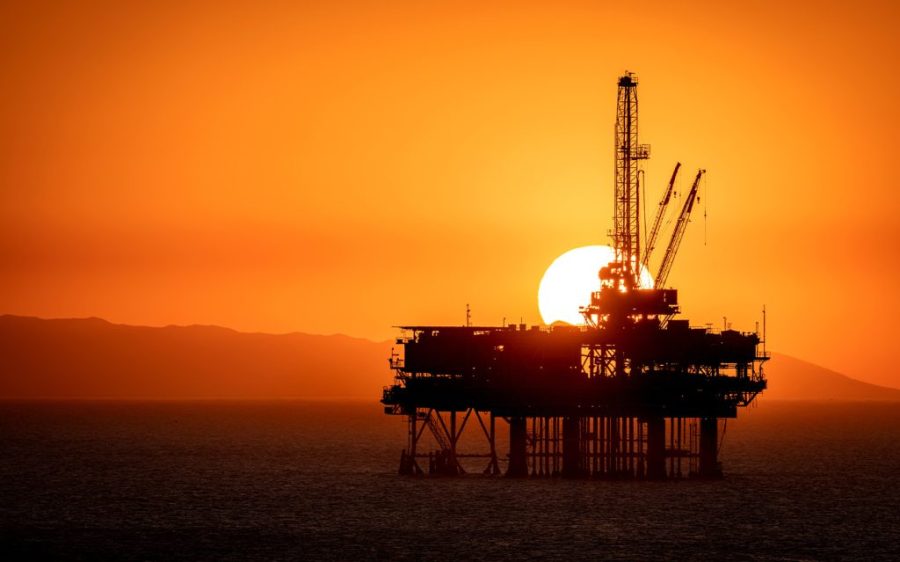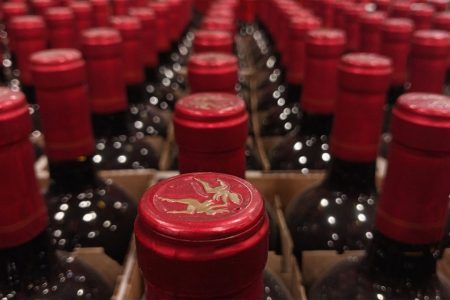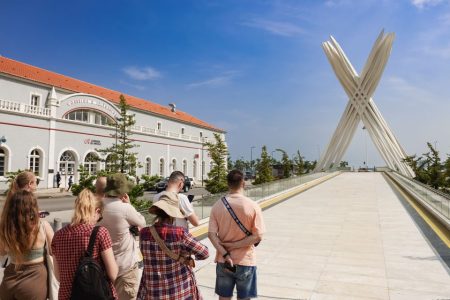President José Ramos-Horta has revealed that Timor-Leste is in talks with several potential investors, including Chinese interests, to revive a stalled oil and gas project, the Guardian reports.
Development of the massive Greater Sunrise oil and gas field has been at a standstill for decades due to disagreements with the Australian government, which jointly owns the field, and Woodside Energy, the Australian petroleum giant meant to lead the project’s development. Having settled their dispute over maritime boundaries in 2018, Canberra and Dili are now at loggerheads over who will process the liquified natural gas (LNG) piped in from the field.
Australia is advocating for the pipeline to go to Darwin, the Guardian says, because the coastal city in the Northern Territory has existing infrastructure to process LNG. Timor-Leste has no LNG processing plant in place but is far closer to the field (around 150 kilometres versus 450 kilometres to Australia), meaning that transporting the LNG would be much cheaper. More importantly, as one of the world’s poorest countries, Timor-Leste is far more in need of the revenue. The Bayu Undan oil and gas field that has long formed the backbone of the island nation’s finances has run dry, ceasing exports last year.
[See more: High-level meetings reaffirm elevated Chinese-Timorese ties]
Ramos-Horta is pushing hard to get the project going after so many years of delay, saying if Australia commits to the process, a decision could be made “by the end of this year”. It will take another six or seven years for the pipeline to be operational, but in the meantime, hundreds of millions of dollars would start to flow and thousands of jobs created in the construction phase. “The day they [Australia] sign the agreement, the work will begin in Timor-Leste.”
During a visit to Australia last week, he said that he was in talks with potential Chinese investors, as well as interested parties from South Korea and Kuwait.
According to the Australian government, Timor-Leste could generate around US$50 billion in revenue from the gas project – 30 times the country’s non-oil GDP – and a further US$50 billion in development benefits like construction and job creation. As Ramos-Horta noted, the benefit would be even higher if the pipeline goes to Timor-Leste.






